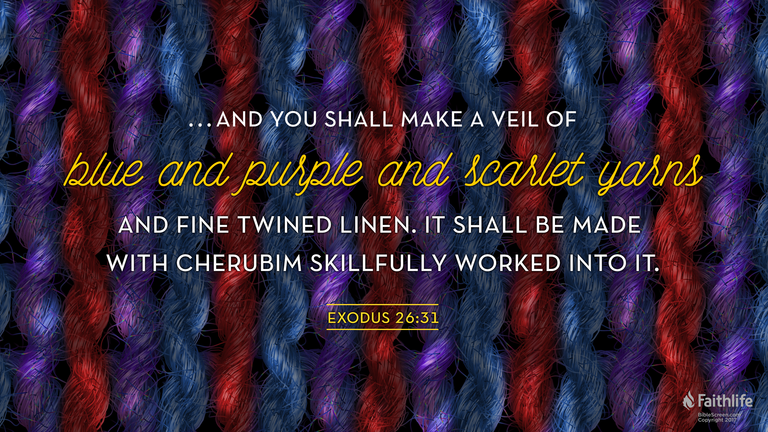
Profit Planners: Factors such as farm size, ability to make small repairs and the used equipment market will determine what you should do with your old combine.

Answers are from the Profit Planners panel: David Erickson, farmer,
Altona, Ill.; Mark Evans, Purdue Extension educator, Putnam County,
Ind.; Jim Luzar, landowner and Purdue Extension educator, Clay and
Owen counties, Ind.; and Steve Myers, farm manager with Busey Ag
Resources, LeRoy, Ill.
We limped through harvest with our 8-year-old combine. It’s at the point where it probably needs $25,000 to $40,000 of repair work before 2025. Should we invest in repairs or get serious about trading machines? We run 2,700 acres with one combine.
Erickson: Get trade prices to have a firm answer on cost and
acceptability of purchasing. It sounds like you are ready to repair it
if that is a better option, but do not forget to consider reliability in
a one-combine operation of this size. Used machinery prices have
declined, but the availability of good, used machines is an important
consideration.
Evans: Given the cost of a new machine, the $25,000 to $40,000
repair cost seems like the best route on the surface. You have time if
you want to see how the economy plays out for your decision. You know
your existing machine best, and you may know little about another
pre-owned machine.
Will this expense on your existing machine get you through another
harvest and maybe more? You are running a sizeable acreage through one
machine. If you were to buy a new machine annually or biannually to have
greater confidence in the machine for harvest, almost treating it like a
lease, what would those costs be? Compare these three costs, and it will
give you some guidance.
Luzar: If you have the skill set to complete needed upkeep and
repairs, the high end of your repair cost is still less than $15 per
acre. That is almost half of what combine overhead cost is estimated to
be by the University of Illinois Extension.
The key to extending ownership of the current combine will be future
expectations for repairs. If repairs are projected to be about $25 per
acre, repair versus purchase becomes a tougher decision. This assumes
current machine capacity is adequate, your farm size will remain static
and timeliness is satisfactory.
The combine market enjoyed several years of strong sales, but sagging
crop prices have taken their toll. American Equipment Manufacturer data
presents a 31% decrease in new combine sales since the summer of 2023.
Farmer sentiment, according to Purdue’s agricultural economics
barometer, also has drifted lower. Demand for good, used combines may be
robust until producers see wider margins. Upgrading your machine for a
good, used one may require shrewd tire kicking.
Review your harvest capacity needs, trucking and storage to see if a
different machine may be beneficial. An increase in farm size also will
pressure timeliness if major repairs are imminent. Projecting repair
costs is only one of the variables you need to evaluate to make your
harvest effort optimal.
Myers: This question exists with the consideration of the
reliability for this machine compared with trade value before and after
repairs. If you invest in repairs and then decide to trade fairly soon,
will the repair expense be reflected in your trade value? It will to
some extent, but perhaps not fully, right? Look hard at trade first,
knowing full well that your current machine also most likely would lose
value in a softer market — repairs or not — and make the call.














